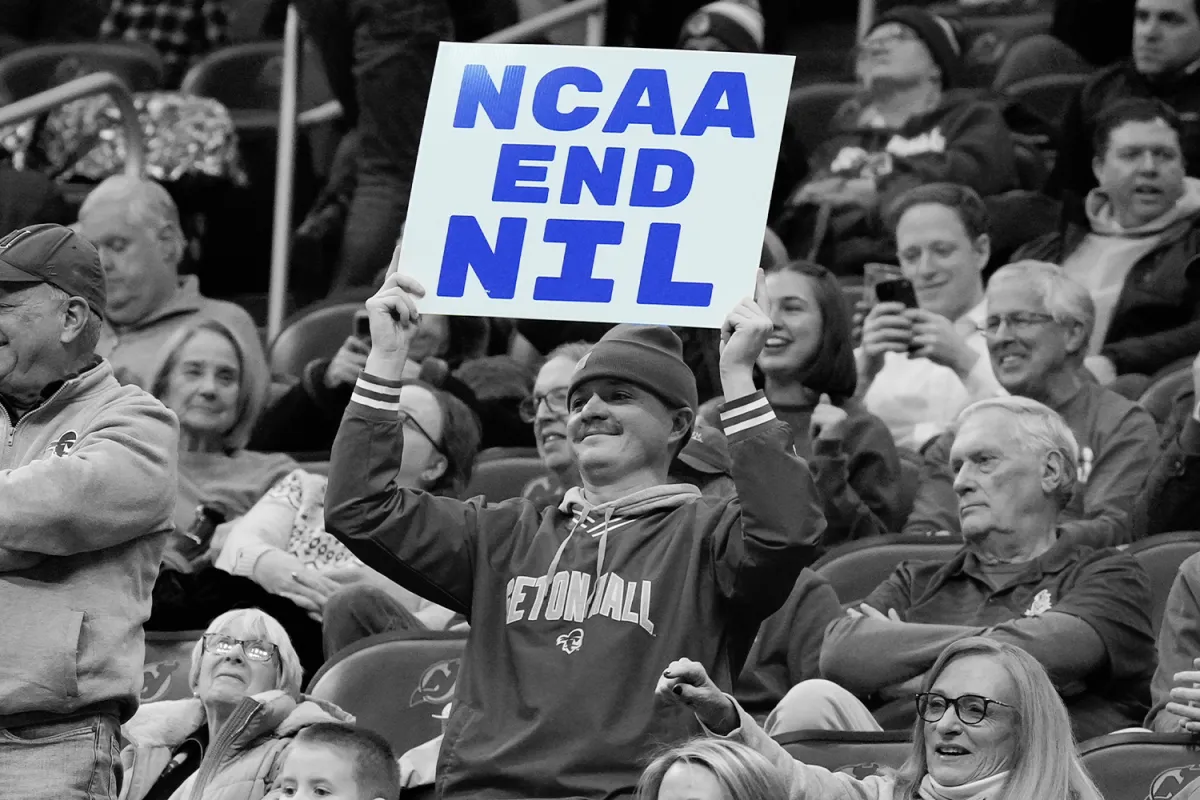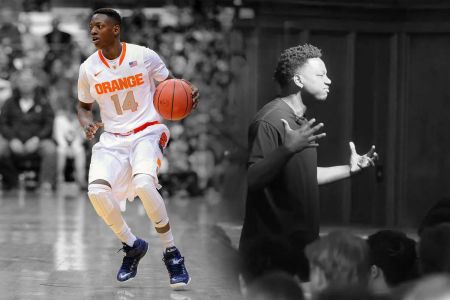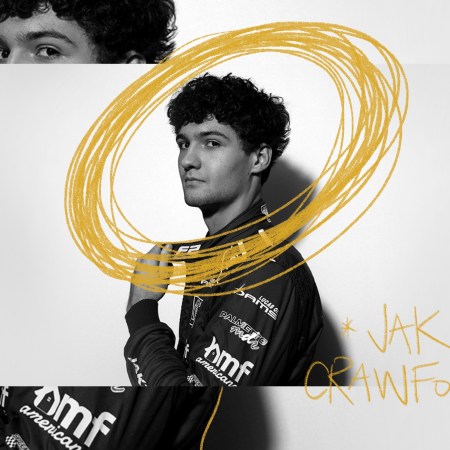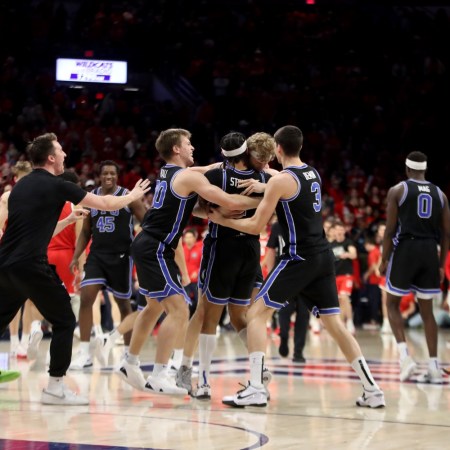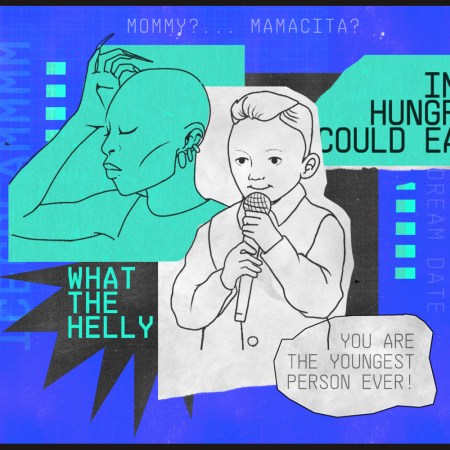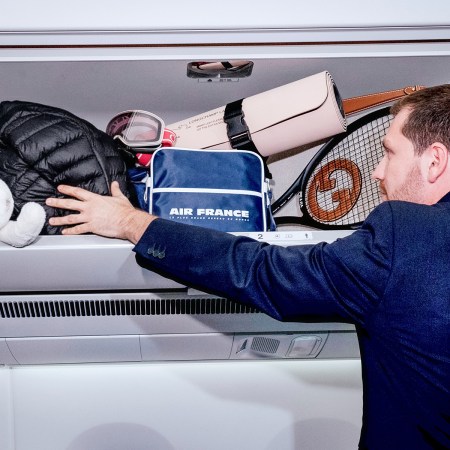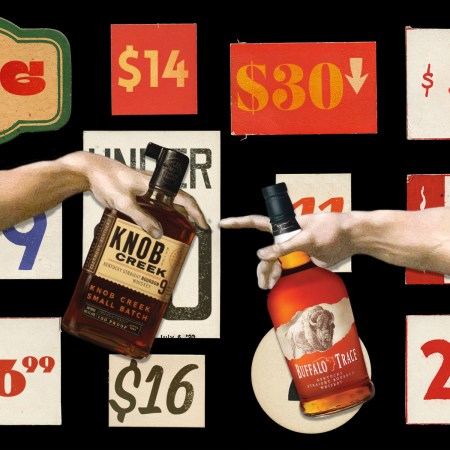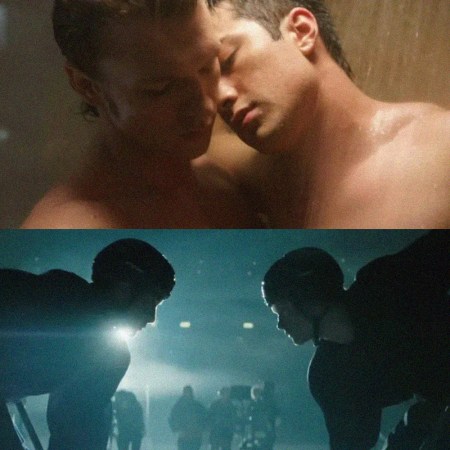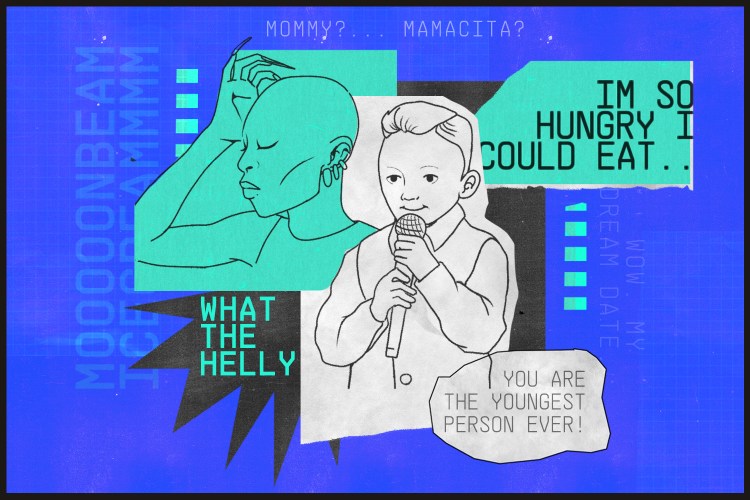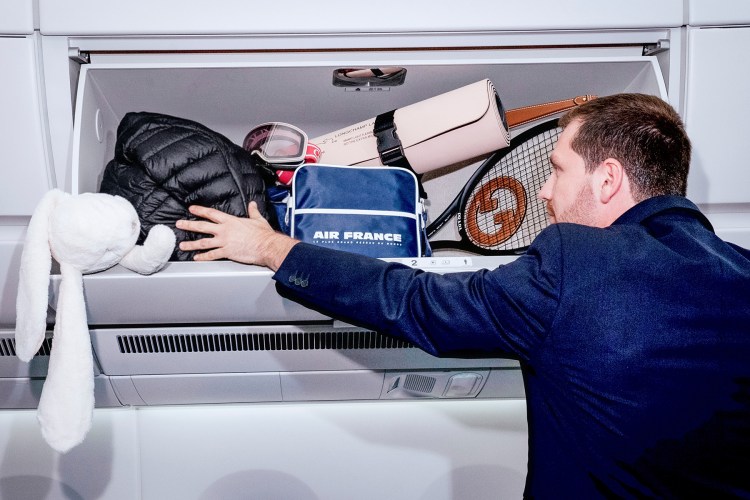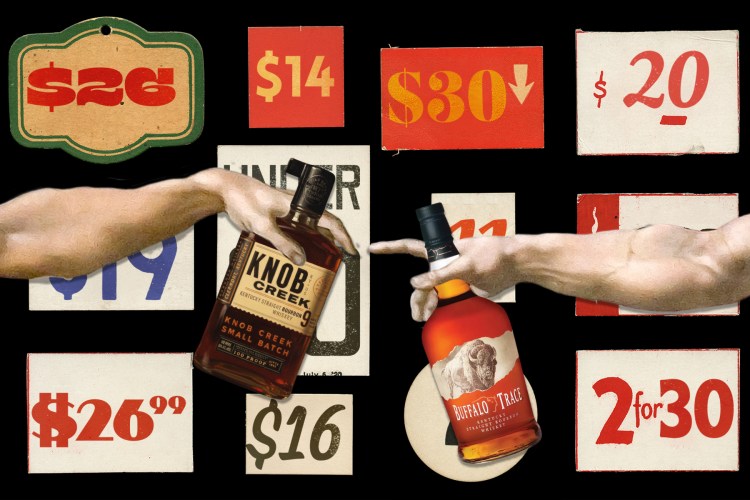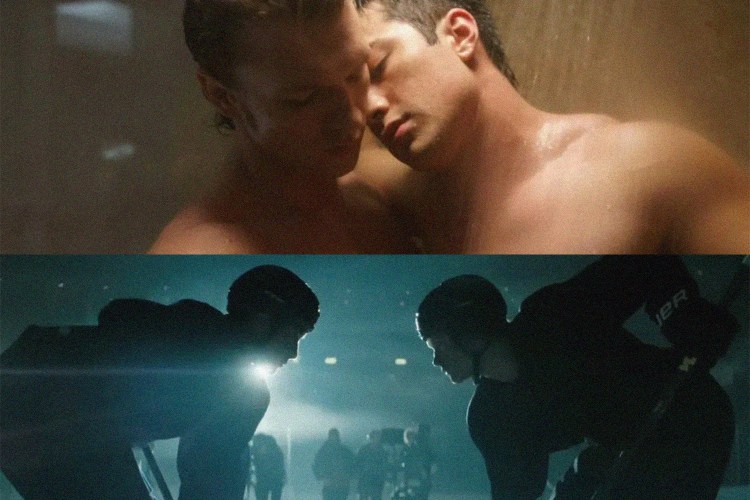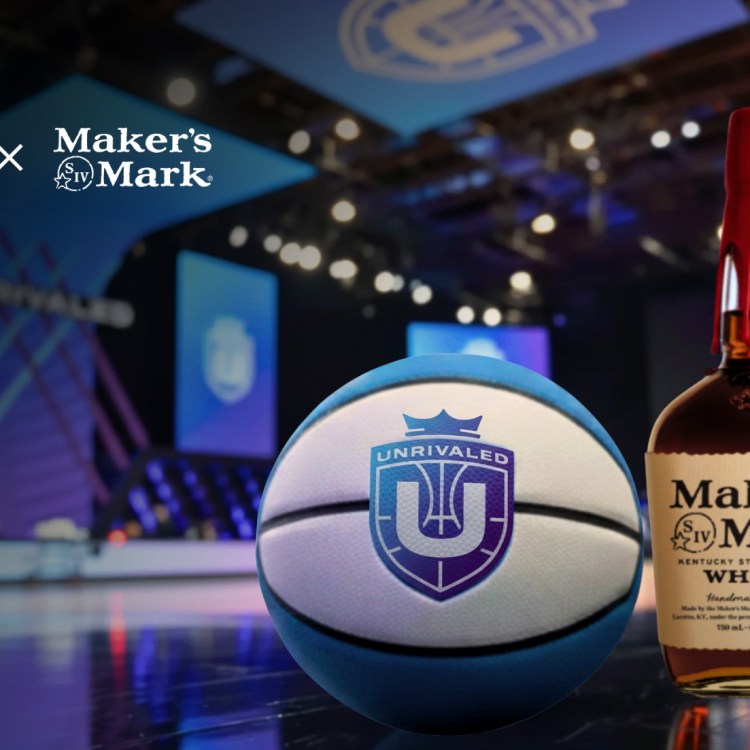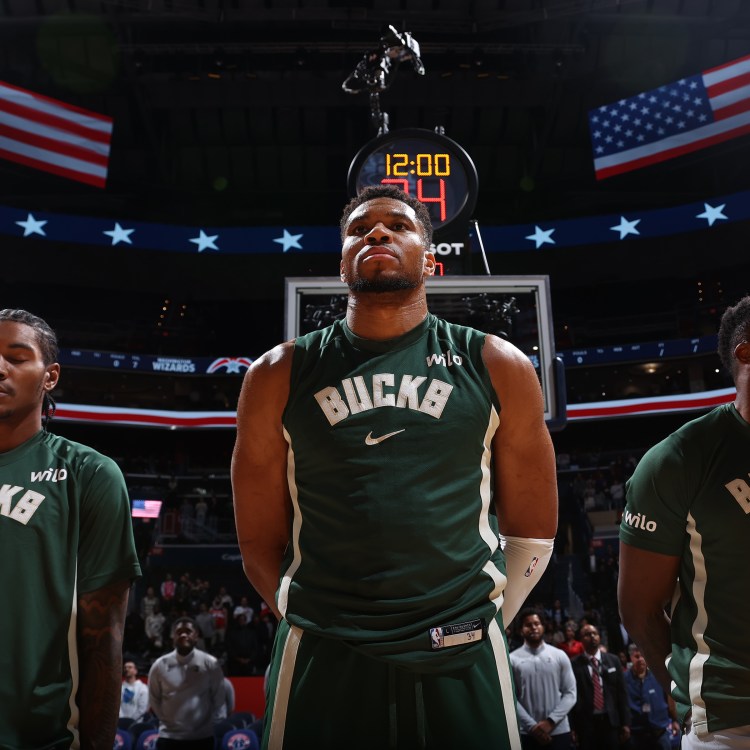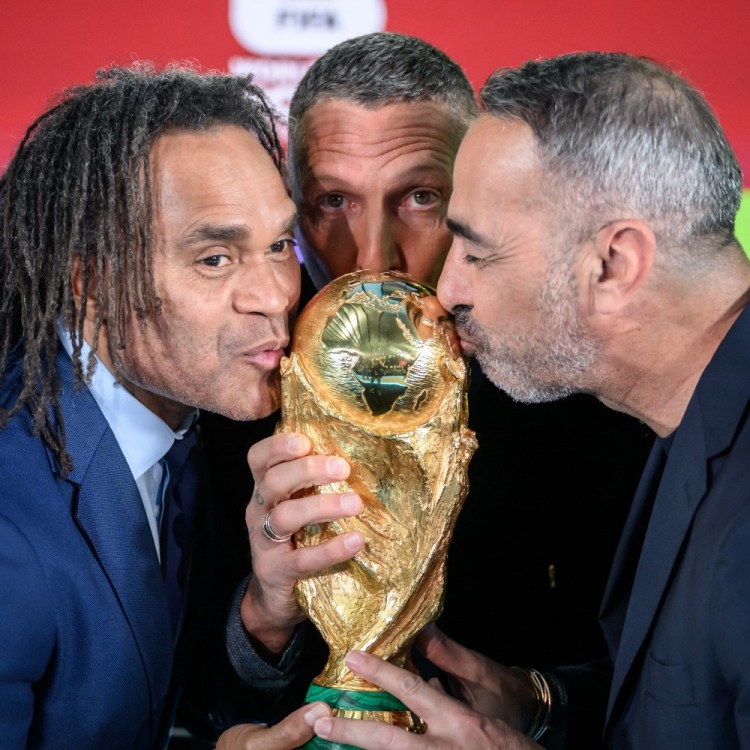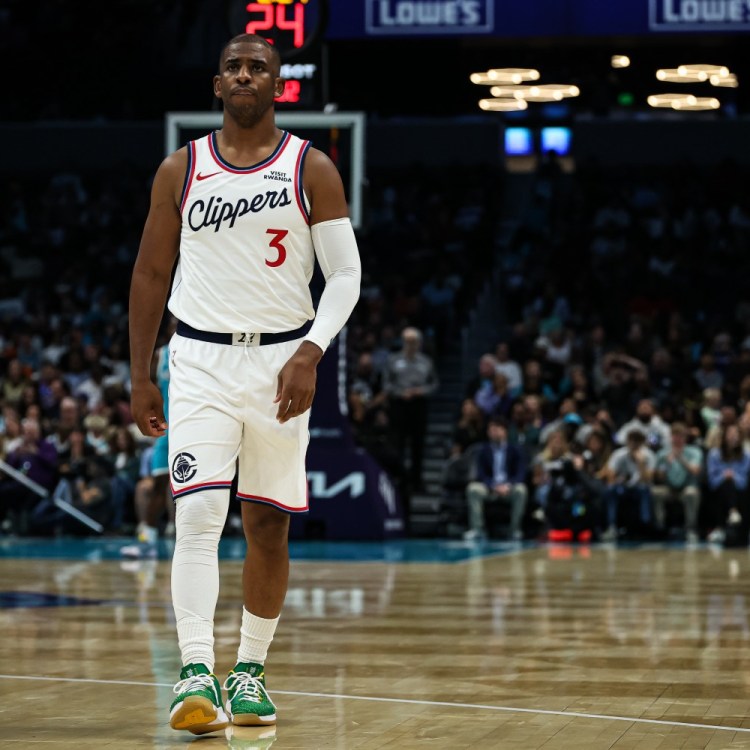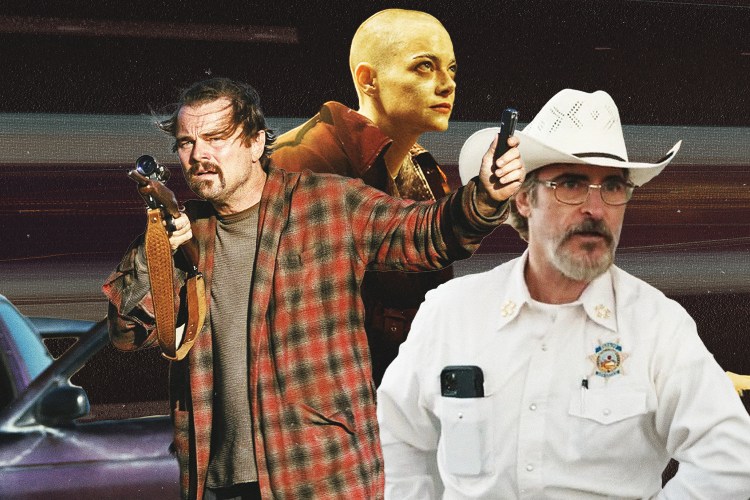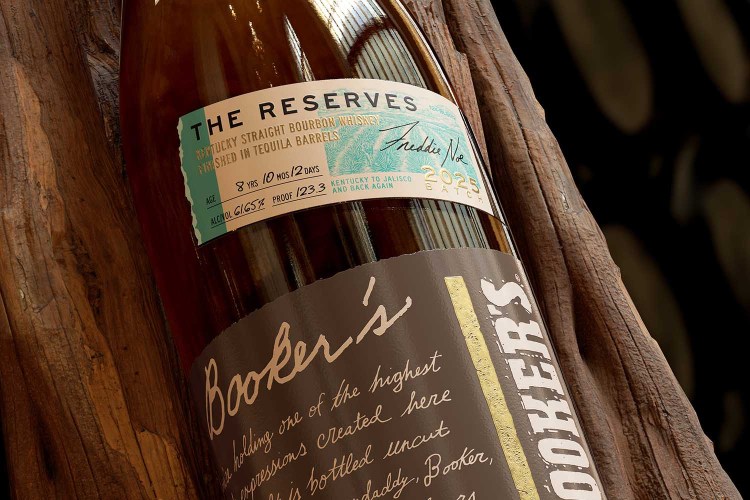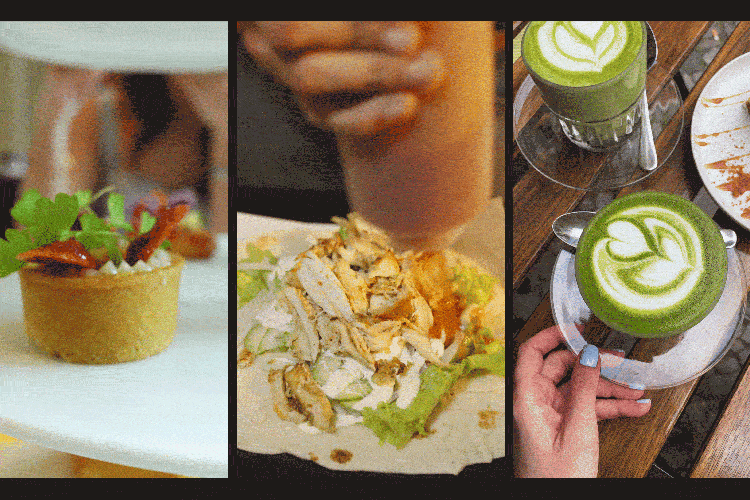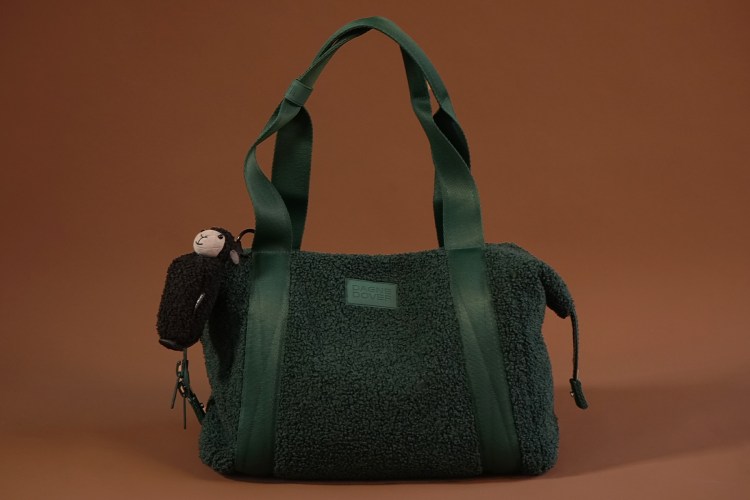In the rapidly evolving world of college sports, the recent narrative presents the young football or basketball player as the disadvantaged, underdog protagonist pitted against the greedy, exploitative monolith of the university program. The story angles a jaundiced spotlight on the conglomerates of athletic directors, presidents and boards of trustees as they make millions off the blood and sweat of poor kids who remain unable to afford a pizza after the game.
Reality hides somewhere between the polarization of heroes and villains when the fight songs play. While colleges certainly generate massive revenue from big-time NCAA sports, the best players out on the fields and courts are royalty on their campuses — receiving perks like free education, the best accommodations, tutoring and countless other advantages their slower and smaller classmates never enjoy.
The recent reformation of college sports has seen an effort to balance the scales between school and player by pushing all the chips toward the kids. NIL (name, image and likeness) policies allow student athletes to seek out promotional money while they play, often with assistance from their athletic programs. Meanwhile, an open transfer policy allows players to switch schools at will without needing to sit out an academic year as in the past.
This week, less than 48 hours from the tip-off of March Madness, the NCAA announced it will drop its rule barring athletes from negotiating NIL deals before they enroll to play at a university. That policy begs the question of how fans would know the name, image or likeness of an athlete who hasn’t yet played a minute — but the door is now open for highest-bidder recruitment.
With the walls between college sports and paid athletes at least partially knocked down, questions remain as to how many other traditional rules between program and player will remain in place. Not all of those answers could benefit the student athlete. In fact, universities might begin to play a little more hardball of their own.
For example, if Division I players become fully paid workers at colleges and universities, would the young people face the same performance standards as other employees at the risk of termination? On a different note, why should a player be limited to four years of eligibility if they’re an employee? And how many colleges might choose to shut down their programs if they can’t compete in this modern marketplace? Perhaps most importantly, how many fans might fall out of love with college sports when looking at such a landscape?
While it will likely take years to sort through the questions and crises, some experts are already debating the long-term effects of the current storm of changes.

College Sports “in a Free Fall”?
Jason Pappas, Ph.D., is a professor specializing in sports management at Florida State University. Before transitioning to teaching, he worked for the NFL’s Carolina Panthers and the athletic departments of the University of South Carolina (alongside coaches Lou Holtz and Steve Spurrier) and the University of Southern California (with coach Pete Carroll). College sports have become unrecognizable to him, and he’s concerned where the current onrush in the name of progress might lead.
“I’m so glad I’m out of [college athletics] now because of what we’re seeing,” Pappas says. “It’s not about this student experience anymore. It could lead to a loss of fan interest because why people enjoy college sports is because you’re playing not just for yourself, but you’re playing for the institution and the tradition. Now, it’s all transactional. Your loyalty is based off of ‘what I can get.’”
His experience with multiple elite programs tells Pappas the new wild west of NCAA sports could affect the on-field and on-court experiences. While he embraces the common wisdom that no college would suddenly “fire” any athletes for playing poorly at the risk of a massive PR backlash — even if it’s in their legal rights to do so — Pappas still sees massive potential for other ugliness.
“You could see ‘selfish’ taking over from ‘selfless,’” he explains. “When that happens, it’s hard for a coach to build chemistry. It’s hard to build a team. We’re already seeing coaches having to re-recruit their players or renegotiate deals with them. I see [college] sports in a free fall, and it’s getting destroyed right in front of our eyes.”
Pappas points to the ongoing complaints of coaches as signs many of them are losing passion for this new world. Former University of Miami basketball coach Jim Larrañaga cited exhaustion with the transfer portal and NIL when he quit in the middle of the current season. More recently, Nevada’s Steve Alford went on a three-minute rant about the current state of college basketball, saying, “I’ve never been one that said I don’t believe that student athletes should be paid, but the way it is now is ridiculous.”
Rather than rage against the kids in the uniforms or the universities competing against each other, Pappas lays a lot of the blame for the current uncertainty at the door of the NCAA.
“[The NCAA] messed up because they could have done a lot of things to get ahead of this,” he adds. “But they just let this all go — fearing legal action and waiting until the last minute until finally it blew up into what we have now.”
The Collective Bargaining Question
Pappas believes the college sports world will continue charging ahead without much forethought as long as there’s money to be made. He expects few voices in major media will question the current path as too many entities are in on the money available through college athletics.
Perhaps in keeping with that idea, all requests for comment from major college football and basketball analysts working for such networks failed to receive a response — with one exception.
Seth Davis is a longtime college basketball broadcaster, writer and the editor-in-chief of Hoops HQ. [Editor’s note: Hoops HQ is part of InsideHook.] He stepped up to say fully employed college players are an inevitability that fans will have to adapt to and universities will have to manage.
“That all has to be done through collective bargaining,” Davis says from an airport as he waits for a flight to call that week’s conference tournament games before the NCAA Tournament bracket reveal. “The sooner we get there, the better it is for everybody, because once you reach that point you remove all of the litigation taking place around these issues.”
The Star Recruit Who Fought Depression to Find His Purpose
Former Syracuse guard Kaleb Joseph has a message: “It’s not just you”Davis likens the NCAA to a courtroom version of the Washington Generals, the hapless 0-for-forever opponents of the Harlem Globetrotters because of so many legal losses in recent years, including a landmark antitrust settlement and a major defeat before the U.S. Supreme Court with the NCAA v. Alston case.
“You’ll need a negotiated [collective bargaining agreement] between a players union and the universities to set all of the ground rules,” he adds. “Just as you have professors, deans and department heads, you’re going to have paid student athletes. We’ll have to make rules that you must go to class, and, if you’re not in good academic standing, you can’t play sports.”
Davis acknowledges that the existence of a national student athlete labor union would mean the potential for strikes or other work stoppages, but he insists that possibility is better than “being in legal purgatory all the time.”
Temporary Fixes, Larger Problems
David Berri, Ph.D., was also willing to talk. He’s a professor of economics at Southern Utah University with a focus on sports, co-authoring books such as The Economics of the Super Bowl and The Wages of Wins. According to his research, he believes that major college athletics are careening into an era without certainties or limits. As an example, he points out that NIL seemed to answer the player payment question only for a while, becoming merely a temporary fix.
“NIL was a compromise because it allows for players to make money without being paid directly by the university,” Berri says. “We now are in a very bizarre circumstance in which universities are allowing a third party to pay their employees, which is not a labor market that exists anywhere else. The problem is what happens when those boosters want influence for their money. They’re providing the ingredients; they might want to cook the meal. Now you have recruiting and the makeup of the team out of a coach’s control.”
Berri agrees with Davis, insisting the only way to settle this strange labor situation is for athletic programs and universities to pay players directly through a union.
“A union is absolutely necessary, but we’re talking again about college kids. Can they run a union? You’re going to need adult representation rather than allow students to represent themselves.”
[The NCAA] messed up because they could have done a lot of things to get ahead of this. But they just let this all go — fearing legal action and waiting until the last minute until finally it blew up into what we have now.
– Jason Pappas, Professor at Florida State University
Jeffrey Kessler agrees that a union is essential, but believes it could be on hold for years. While the leading sports law attorney and co-executive chairman of the firm Winston & Strawn acknowledges the college athletics are moving toward paid players, the arrival of Trump 2.0 might’ve slowed that evolution.
“Because of the change in [presidential] administration, it appears the National Labor Relations Board is now unlikely to find college athletes to be employees for collective bargaining,” Kessler says. “The petitions seeking this have been withdrawn. We are thus now likely more than four years away from that being a possibility.”
Kessler admits it’s possible the federal courts could eventually find that the athletes are employees for purposes of federal minimum wage laws.
“Even if [the court] does so, there would be another appeal, so I don’t see this as a possibility for a number of years, as well,” he adds.
Kessler insists the best near-term prospect for athletes being compensated rests in the NCAA settlement in which Division I athletes will collectively receive a percentage of revenues as compensation that is equivalent to what the professional athletes received with their collective bargaining. However, it’s unclear how such a settlement would be distributed.
He predicts such a program could placate players and slow down schisms in sports that could send super conferences like the SEC and Big Ten off on their own outside the NCAA umbrella and its regulations.
“For basketball, there is great value to the Big Ten and SEC in maintaining the David vs. Goliath matchups of the NCAA Tournament,” he says. “But I do see those Power Two conferences exercising even more control over the College Football Playoff, and they may coordinate their schedules to set up more attractive matchups for the next big TV deals.”
With a long way to go before “pay for play” and other issues are settled, the alumni and fans of big-time college competition are left in a miasma of first-level thinking. While allowing limitless NIL money for some players and endless transfers sounded fair and felt good for supporters of change, those crusaders joined with leaders of the NCAA in failing to consider unforeseen long-term consequences.
No matter how severe those consequences become, Davis doesn’t see too many schools bailing out of football or basketball.
“It’s all too important for business,” he says. “There’s so much ancillary benefit to having a big-time college football program. As for the fans, they might complain, but — trust me — they’re not going anywhere. They all love it too much.”
The Charge will help you move better, think clearer and stay in the game longer. Subscribe to our wellness newsletter today.
